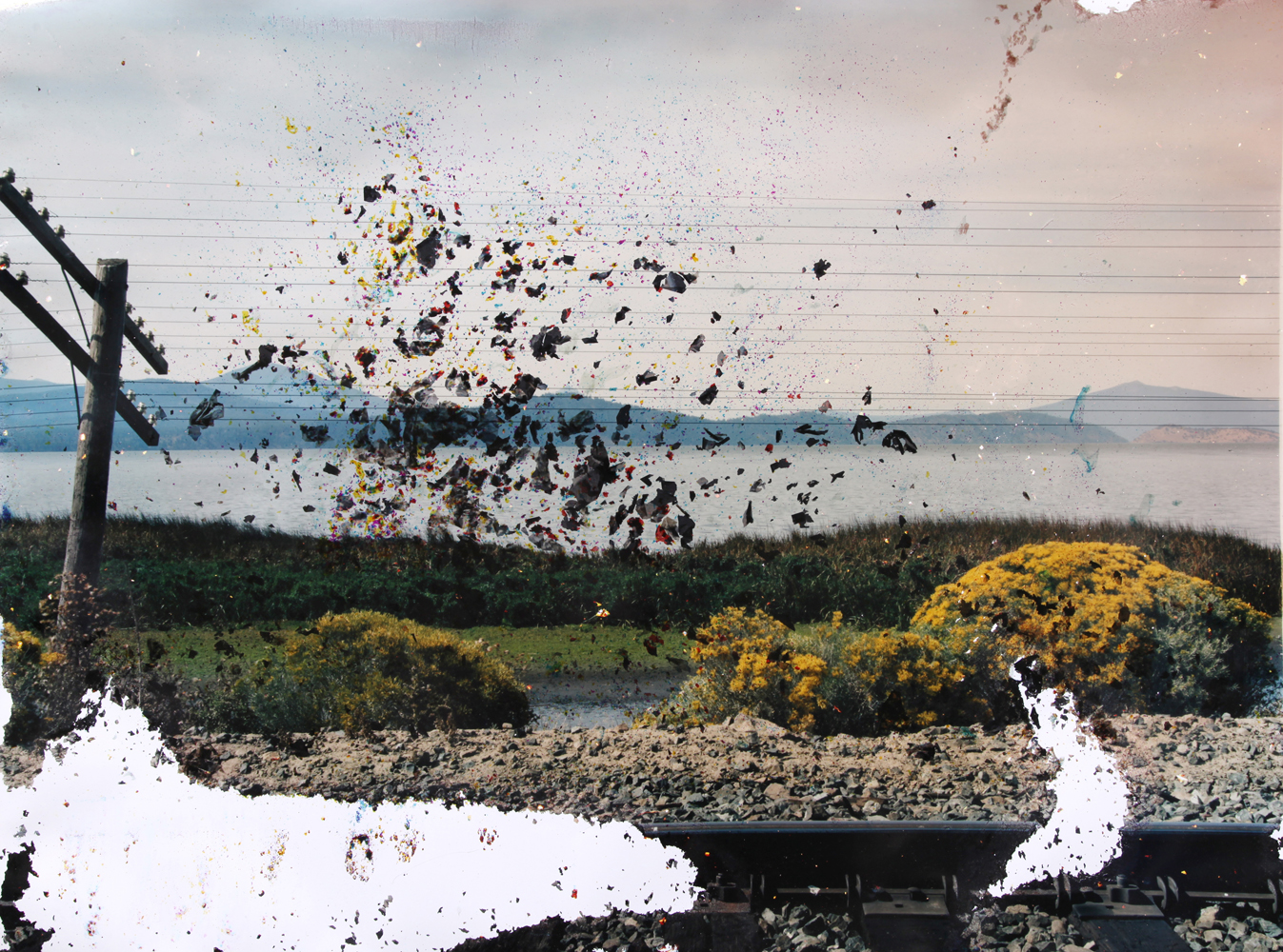
When photographer Matthew Brandt started studying for his MFA, he began with the earliest forms of photography, immersing himself in the history of the process. Studying at UCLA also allowed him to return to his hometown and catch up with friends and family members; it was only a matter of time before the photography and friendship collided in a series of portraits.
And then the collision furthered: one day, a friend who Brandt was photographing started to cry. Brandt asked for her tears. “I know it seems a little mean but at the time it seemed to make sense,” he says. He had been studying salted paper prints, a very early form of 19th-century photography that requires just salt solution and silver nitrate to add light sensitivity to a piece of paper. The sight of that naturally occurring salt water triggered an idea. He used the tears to create a portrait of his crying friend. “It was like this ‘eureka’ process in the dark room,” Brandt says. “I was like, ‘oh my God, this actually worked.’”
Brandt, whose work will be featured starting May 24 in an exhibition at Yossi Milo Gallery in New York City, finished his degree in 2008 but has continued to make photographs using the physical matter of the subject in the development process. The upcoming exhibition Lakes, Trees and Honeybees will include work from three series. For Lakes and Reservoirs, Brandt soaked photographs of lakes in water collected from the subjects, creating unpredictable colorscapes. In Trees, photographs of the title vegetation are printed on paper and with ink made from branches fallen from those very trees. The Honeybees photos are pictures of bees printed with a gum-bichromate process that required using a solution of the bees themselves in the developing process.
These photographs, of their subjects in both senses of the word, also share a certain degree of pathos and a somber tone, says Brandt. Each of the three series is imbued with its own particular sense of loss, a feeling that something is changing, maybe for the worse. The moment captured is one of crisis.
Lakes, for example, while also addressing the more obvious meanings of wetness, highlights the obsolescence of wet photography; color negative paper was becoming hard to get. The Trees series was made right around the time that Brandt graduated from UCLA and George W. Bush left office. The trees photographed are in George Bush Park in Houston; Brandt says he didn’t want to make an overtly political statement but rather to capture a sense of ambivalence about what the future could hold, an uncertainty that he felt in himself and observed on a national level. And Honeybees was made when Colony Collapse Disorder was making news, prompting the photographer to think of the bees as a clue that something was going wrong in the world.
But not everything is changing. The old-fashioned photography processes Brandt uses—not to mention the work involved in making his own paper and ink—are extremely labor-intensive, but Brandt has no plans to take it easy. The photographer, who cites classic American landscape photography as an influence, still sometimes goes hiking with a large-format camera, frequently returning to Yosemite with Ansel Adams in mind. “The guys who would travel with their wagons through these crazy hills—if they put that much work into making a picture, I should do the same,” he says.
Matthew Brandt is a California-based photographer. Lakes, Trees and Honeybees will be on view at Yossi Milo Gallery in New York City from May 24 – June 30. More of his work can be seen here.


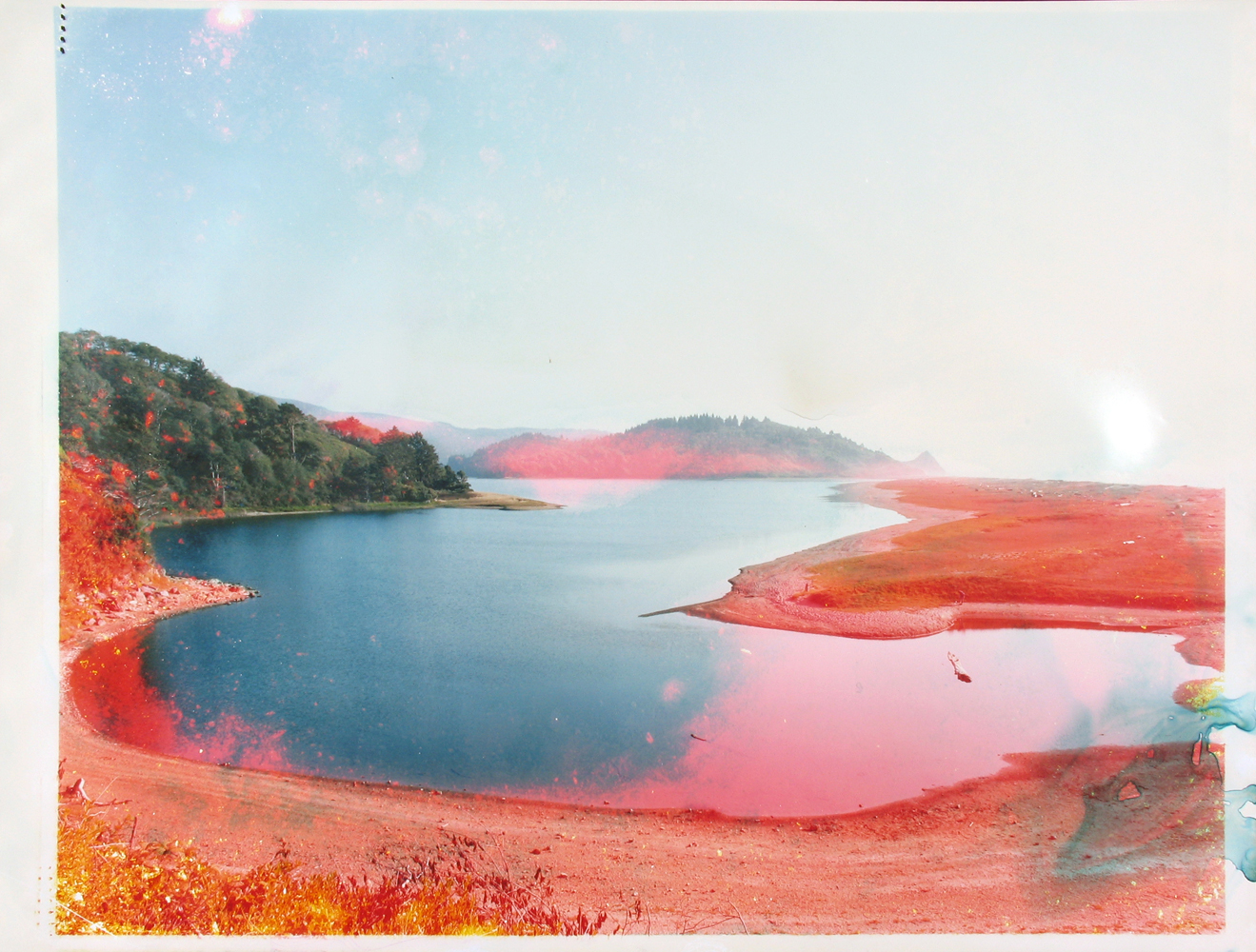
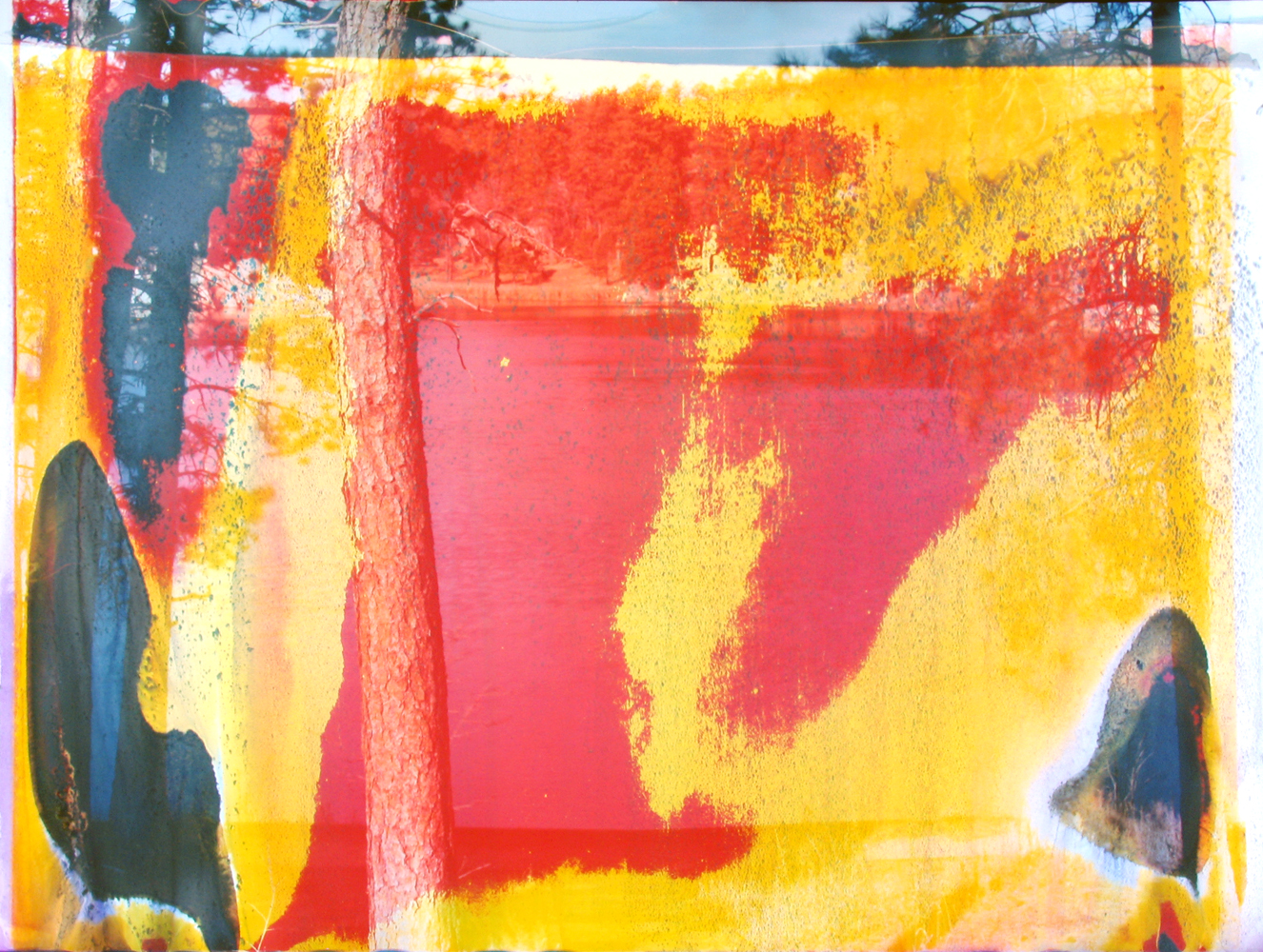
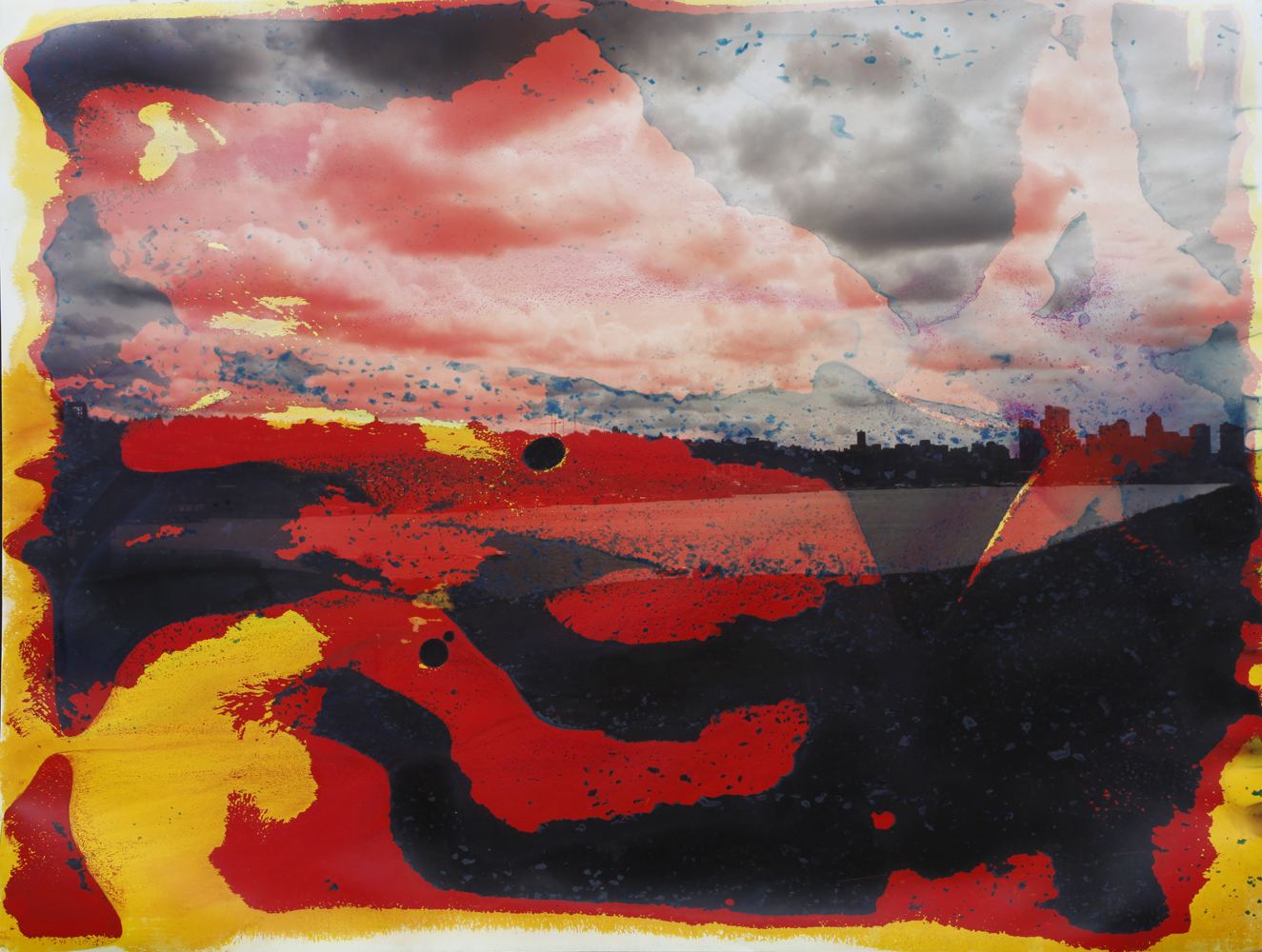
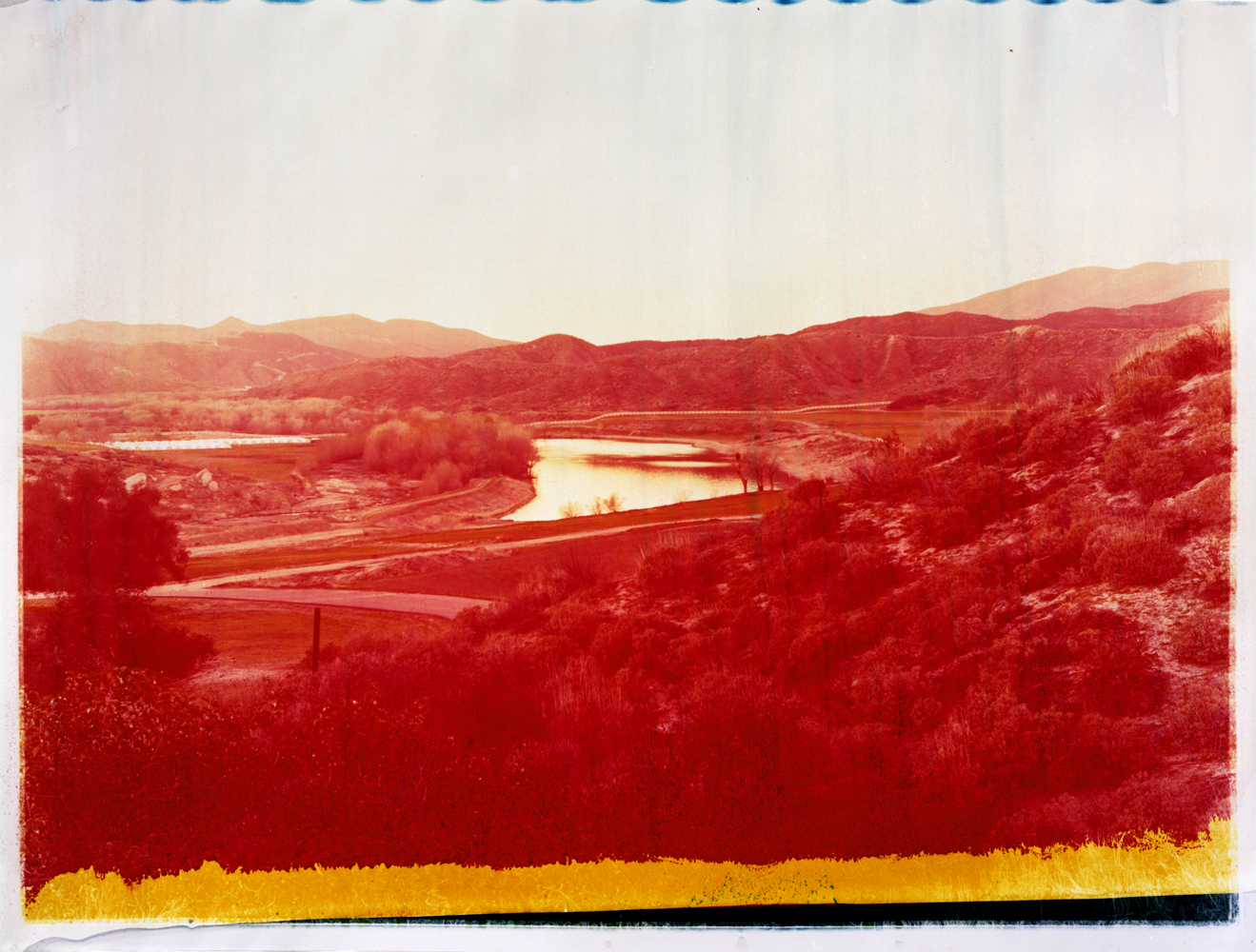
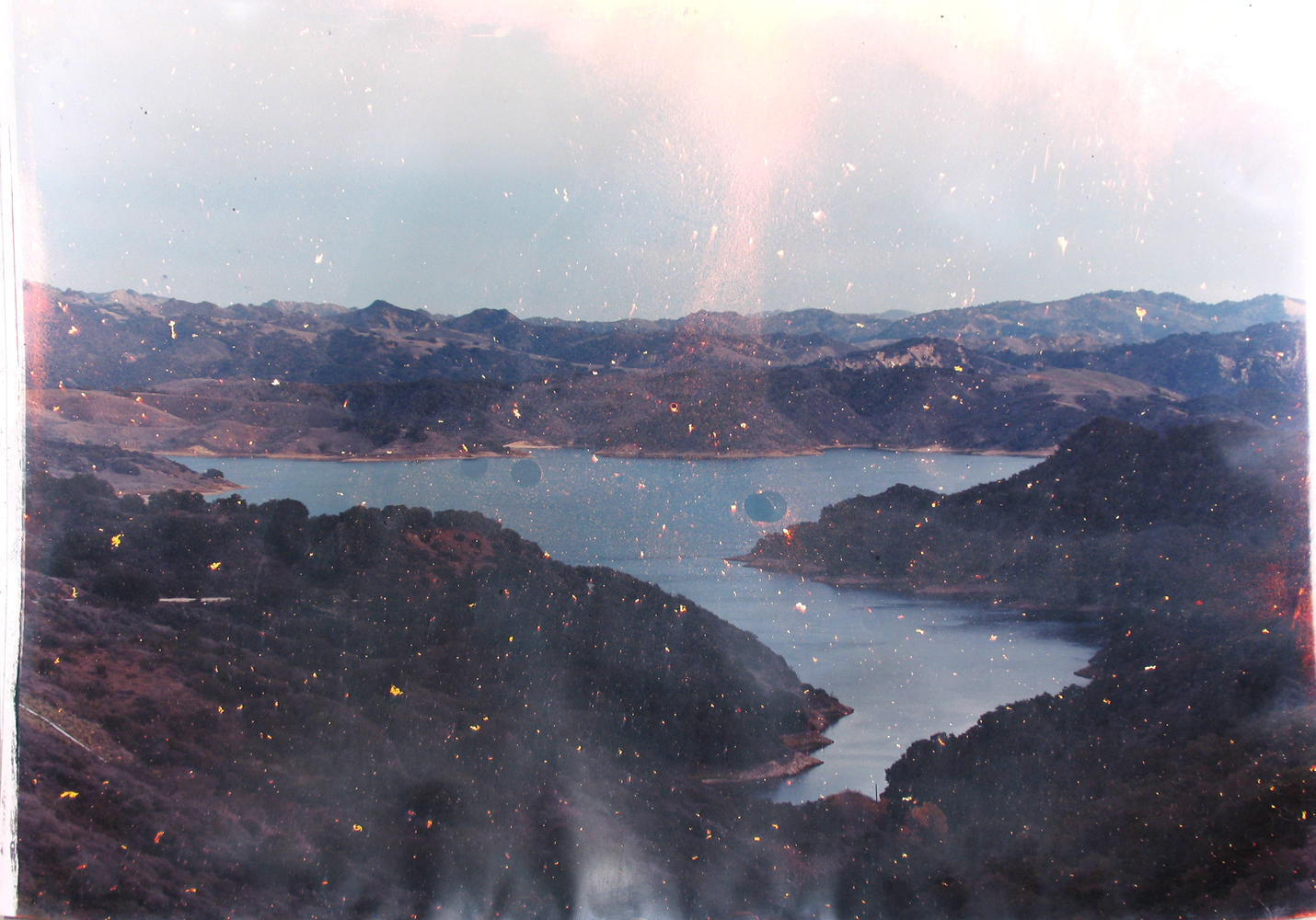
More Must-Reads from TIME
- Why Biden Dropped Out
- Ukraine’s Plan to Survive Trump
- The Rise of a New Kind of Parenting Guru
- The Chaos and Commotion of the RNC in Photos
- Why We All Have a Stake in Twisters’ Success
- 8 Eating Habits That Actually Improve Your Sleep
- Welcome to the Noah Lyles Olympics
- Get Our Paris Olympics Newsletter in Your Inbox
Write to Lily Rothman at lily.rothman@time.com